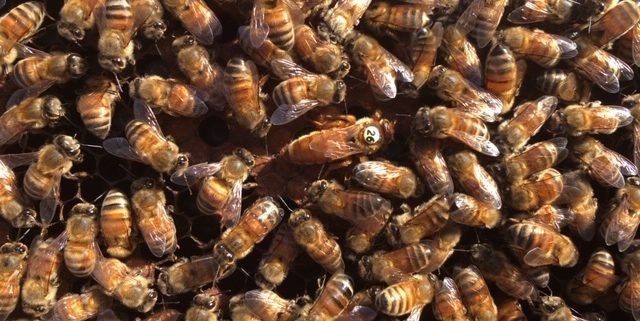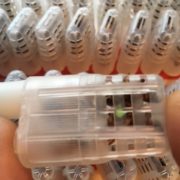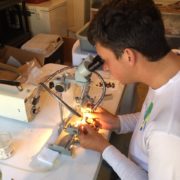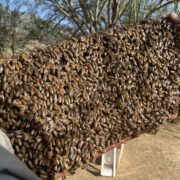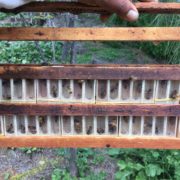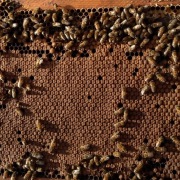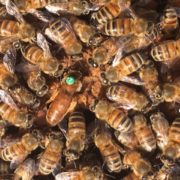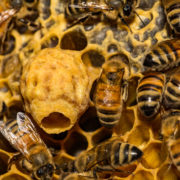How Long Does A Queen Bee Live?
A queen honeybee can theoretically live up to five years, although the average queen bee lives for approximately two-to-three years. Queen bees are usually at their most industrious and vigorous in years one and two. This is one of the main reasons that many beekeepers replace the queens in their colonies after the first or second year of the queen’s life.
A young queen bee is generally more active than an older queen bee. As a queen bee ages, her egg laying production steadily declines. She will generally lay fewer eggs per day so that by her third year, her egg laying becomes noticeably less vigorous. Eventually, a queen honeybee may stop laying eggs completely, or will begin to fill worker cells with unfertilized drone eggs. This is the sign of a failing queen. Normally the queen’s colony will notice this decline and begin raising supercedure queen cells to replace the failing queen.
By the time a queen bee reaches her second or third year, she may also look shinier than a younger queen. This is because a queen’s attendant bees have been constantly grooming and rubbing against her for her entire lifetime! Over time, this steady attention causes the queen bee’s hairs to fall off on her thorax and abdomen – it seems that queens, like many humans, lose their hair as they age too.
However, even though an older queen may not be as productive as a younger queen, this does not mean that she is not valuable. At Wildflower Meadows, we prize many of our older queens – especially the highly productive ones. An older and highly productive queen has demonstrated an inherent vitality that makes her an excellent source of quality drone bees, as well as a fine candidate to possibly become the mother of an artificially inseminated breeder queen for future generations to come.

